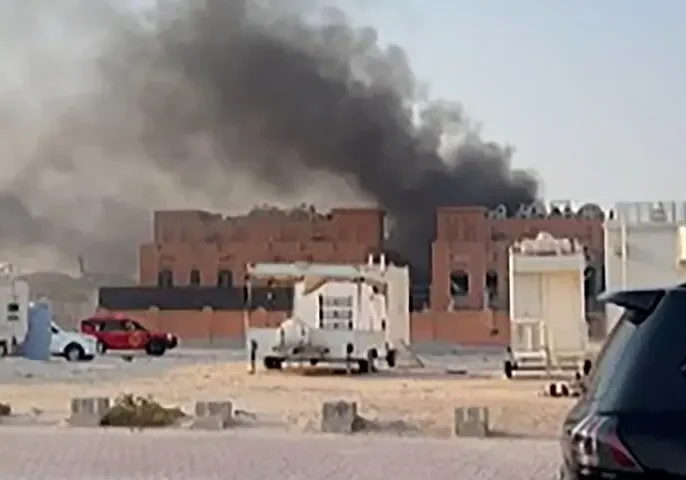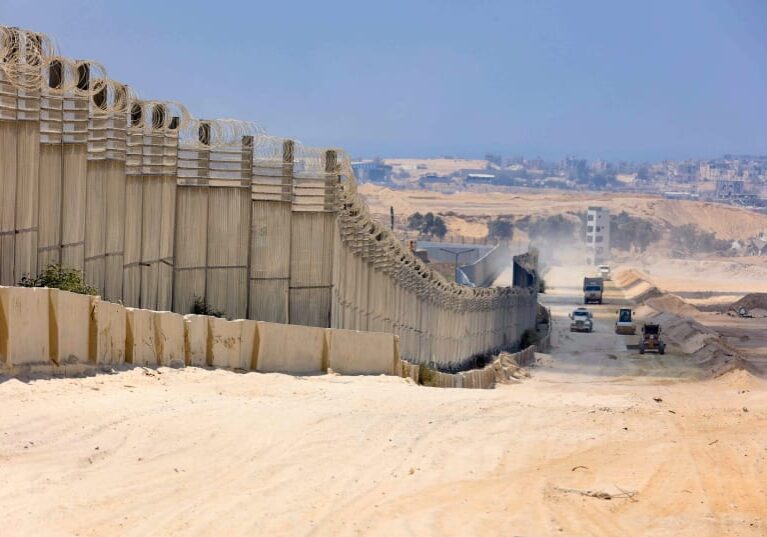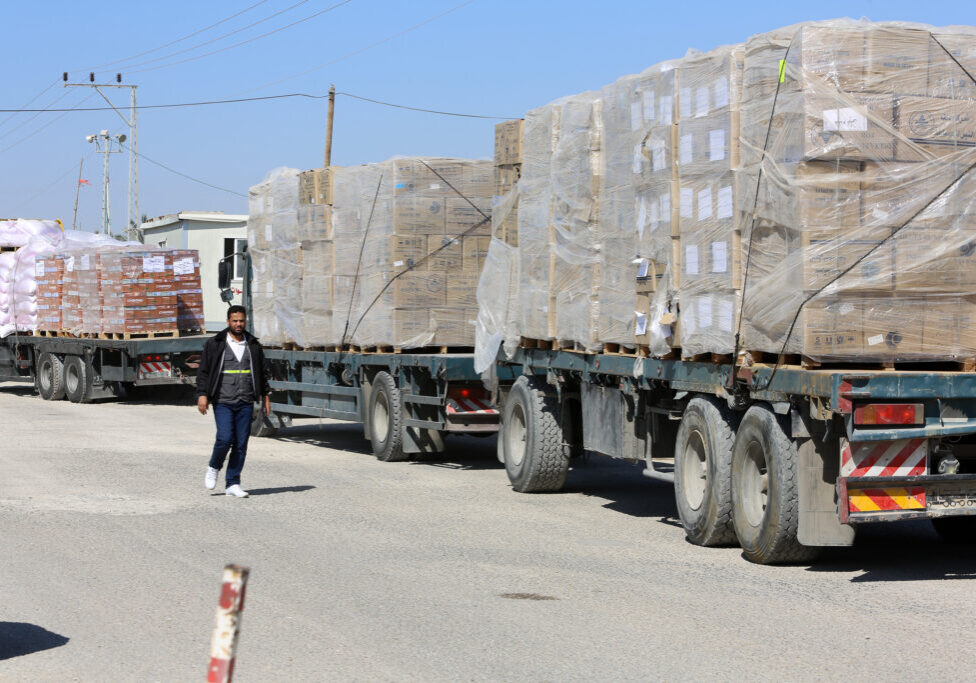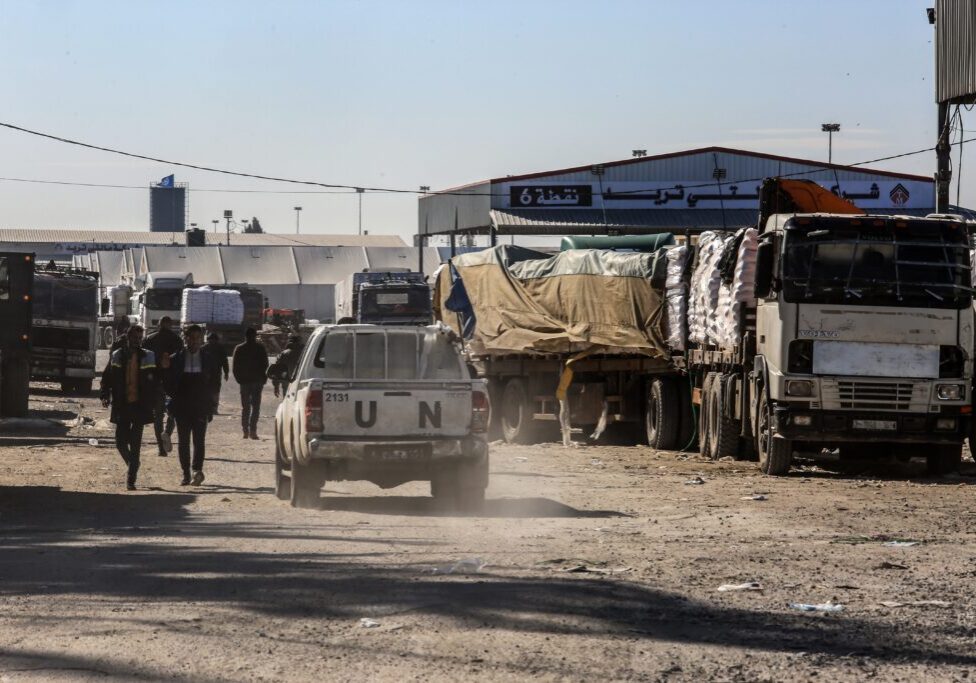Australia/Israel Review
Squeezing Hamas for the Sake of Peace
Jul 30, 2013 | Jonathan Schanzer

Jonathan Schanzer
After six trips to the Middle East and tireless shuttle diplomacy, US Secretary of State John Kerry somehow convinced the Palestine Liberation Organisation (PLO) and Israel to agree upon “a basis” to hold peace talks on July 19. Kerry has a long road ahead if he is to bridge the gap between the two sides. He may not know it yet, but he has a secret weapon. He can help cripple Hamas.
The Palestinians and Israelis cannot agree on much, but their hatred for Hamas is mutual. The United States can leverage this by attacking the violent Islamist faction while it is at the most vulnerable point it has been in years.
The downfall of the Muslim Brotherhood government in Egypt earlier this month has been widely described as a blow to Hamas and its de facto government in the Gaza Strip, but the real damage has been to the Islamist group’s pocketbook. The Egyptian Army’s ongoing operations against the subterranean tunnels connecting Egypt to the Gaza Strip, which have long served as key arteries for bulk cash smuggling, are wreaking havoc on Hamas’ finances. One senior Israeli security official told me that, in the current environment, an additional reduction of 20 to 30% in Hamas’ revenues could “destroy” the movement.
Hamas’ budget for running the Gaza Strip, which it violently took over in 2007, is estimated to be US$890 million this year (Hamas doesn’t submit to an outside audit, so consider this a ballpark figure). Until last year, the faction relied heavily on Iran and Syria for a great deal of its cash, but the civil war in Syria prompted Hamas to loosen its ties to the “Axis of Resistance.” Funding from Teheran has dropped off precipitously since then, forcing the faction to turn to the Muslim Brotherhood bloc to make ends meet.
Qatar pledged US$400 million to the group last year when the Emir visited Gaza. Turkey is believed to provide additional support – as much as US$300 million, according to some estimates. However, it is unclear how much of these funds are earmarked for the Hamas Government bureaucracy, and how much is slated for the building of mosques, hospitals, and other Gaza Strip infrastructure that has been badly damaged during skirmishes with Israel over the years. It is also unclear how much of this is funneled to Hamas’ military arm, the Izz al-Din al-Qassam Brigades.
In addition to these funds, a whopping US$1.4 billion per year reportedly flows from the Palestinian Authority (PA) to Gaza. Hamas and the Fatah movement fought a bloody civil war in 2007, but that has not stopped the PA from earmarking these funds for the people of Gaza, whom they still purport to rule. The PA has been careful not to provide any funds directly to Hamas, for fear of invoking the ire of Congress. These funds primarily pay the salaries of “civil servants” who lost their jobs after Hamas overran the Gaza Strip. In essence, the PA pays these former bureaucrats not to work for Hamas. The PA also directly subsidises Gaza’s electricity production and reportedly underwrites other municipal services.
Nevertheless, it is a fair assumption that Hamas, which rules Gaza with an iron fist, pockets a portion of the PA funds anyway.
Hamas has also augmented its income over the past decade by taxing goods that come through the tunnels connecting the Gaza Strip to Egypt. The tunnels were first created as a means to smuggle weapons to the coastal enclave, but after Hamas conquered Gaza, prompting Israel to impose a blockade, the tunnels became a key artery for a wide range of goods necessary to keep the economy running. Hamas, as Gaza’s de facto ruler, reportedly took in at least US$365 million a year from the tunnel trade.
But none of this matters much when Egypt’s junta is engaged in a relentless effort to shut down the tunnels. Specifically, the crackdown has made bulk cash smuggling – the key to Hamas’s financial independence – exceedingly difficult.
The reversal of fortune for Hamas is remarkable. During Egyptian President Mohammed Morsi’s year in office, Egypt was a key Hamas base of operations. Senior Hamas figure Mousa Abu Marzouk was based in Cairo, and Hamas even held a round of internal elections in the Egyptian capital. In addition, it is widely believed that elements of the Brotherhood’s financial network were bankrolling Hamas, even as Egypt’s economy cratered.
These activities did not please the Egyptian military – and for good reason. Last year, Gaza-based fighters attacked an Egyptian military outpost near the border with the Gaza Strip, killing 16 soldiers. Mounting concern that Hamas members might be sneaking in to Egypt with dangerous weapons led to a crackdown on the tunnels.
Since Morsi’s ouster, the military has been unleashed: It has arrested at least 29 Brotherhood financiers, including at least one significant contributor to Hamas’ coffers, according to a senior Israeli security official. It has also reportedly deployed 30,000 troops to the Sinai and purportedly destroyed roughly 800 of the 1,000 tunnels connecting Egypt to Gaza. Ala al-Rafati, the Hamas Economy Minister, recently told Reuters that these operations cost Hamas US$230 million – about a tenth of Gaza’s GDP.
All of this presents US Secretary of State Kerry with a rare opportunity to try to hasten the group’s financial demise. And it is in his interest to do so. The group, after all, carried out suicide bombings against Israeli civilian targets in the 1990s to torpedo the peace process. It’s a fair bet that Hamas will launch a new campaign of violence now that talks are ramping back up.
What can Washington do, exactly?
For one, Congress and the Administration could stop wringing its hands over whether the toppling of Morsi was a coup and instead openly encourage continued operations against the tunnels (while also holding the army to account as it navigates complicated transition). Congress, which dishes out some US$500 million per year to the Palestinians, could also quietly work with the Palestinian Authority to scale back the funds that flow to Gaza.
From there, the United States could attempt to use whatever leverage it has to convince both Turkey and Qatar to cut back on their funding of Hamas. Admittedly, Washington doesn’t have much pull in Ankara and Doha these days, but Congress could pull strings to speed up delivery of, or withhold, the advanced weapons systems that both countries are eagerly awaiting, depending upon how the conversation goes. Turkey, for example, is expecting Sidewinder missiles and Chinook helicopters, and it would like to purchase Predator and Reaper drones. Qatar, for its part, is expecting delivery of Large Aircraft Infrared Countermeasures (LAIRCM) systems, and 500 Javelin guided missiles.
Turkish Prime Minister Recep Tayyip Erdogan, a strident proponent of Hamas on the world stage, is unlikely to be swayed. Erdogan insists that Hamas must be part of the political equation when negotiating peace with Israel. Qatar, however, presents possibilities. The former Emir, Sheikh Hamad bin Jassim bin Jabor al-Thani, recently abdicated the throne for his son, Tamim. The new Emir is still learning his way on the world stage, and it is possible, some analysts suggest, that he could be persuaded to adopt new policies that promote moderation in the Middle East.
While the math is fuzzy, one thing is clear – the Egyptian army’s tunnel operations are slowly strangling Hamas. If one or more of the Islamist movement’s other funders cut back their aid even a little, its financial crisis will only deepen. The more acute the crisis, the more Gazans will grow frustrated with their Islamist rulers. A Muslim Brotherhood government just fell unexpectedly in Cairo – if Hamas doesn’t watch its back, it could happen again in Gaza.
For John Kerry and his tenuous peace initiative, this is a window of opportunity that should not be ignored.
Jonathan Schanzer, a former terrorism finance analyst at the US Treasury, is vice president for research at Foundation for Defence of Democracies (FDD). © FDD, reprinted by permission, all rights reserved.
Tags: Egypt






